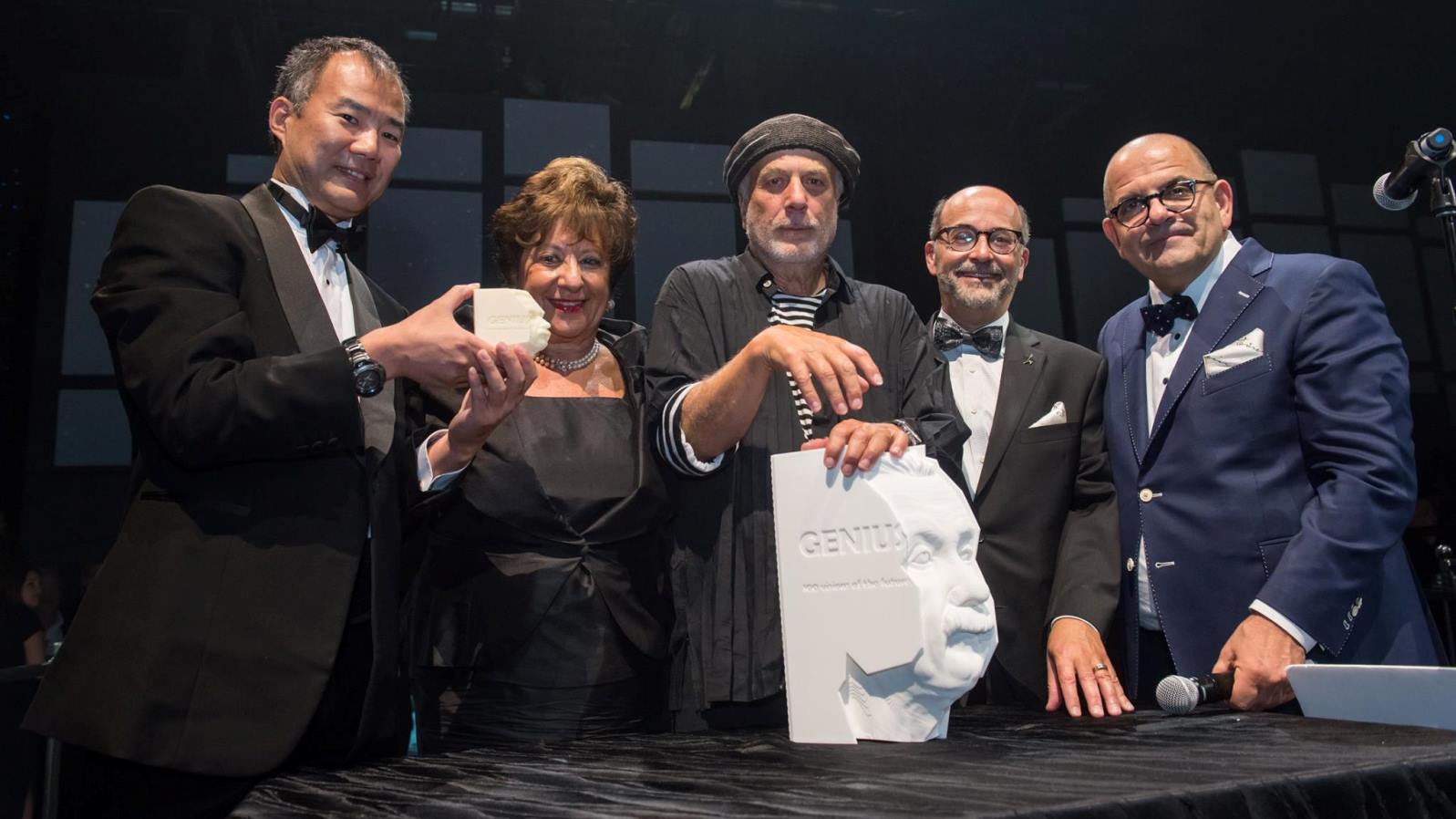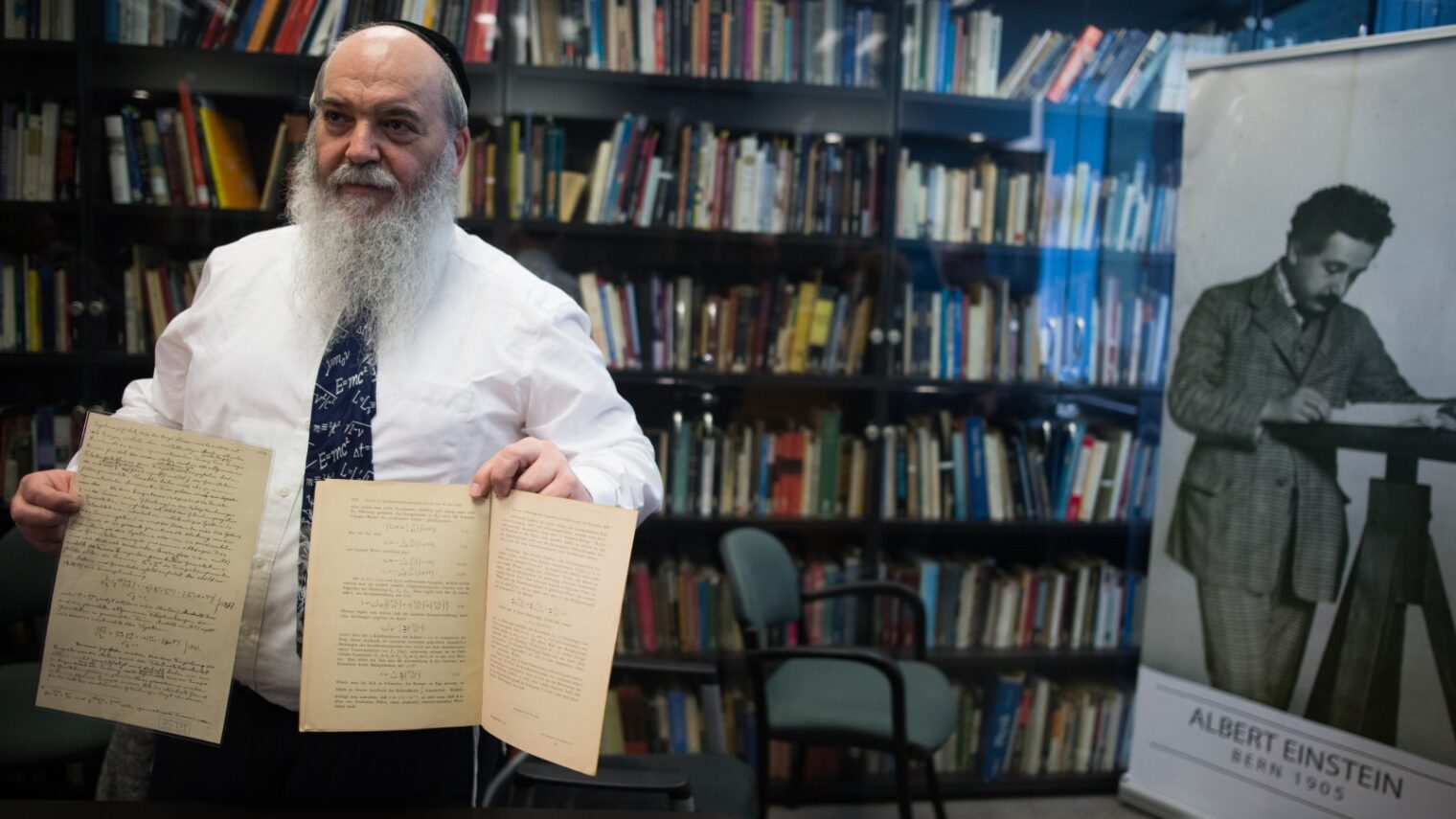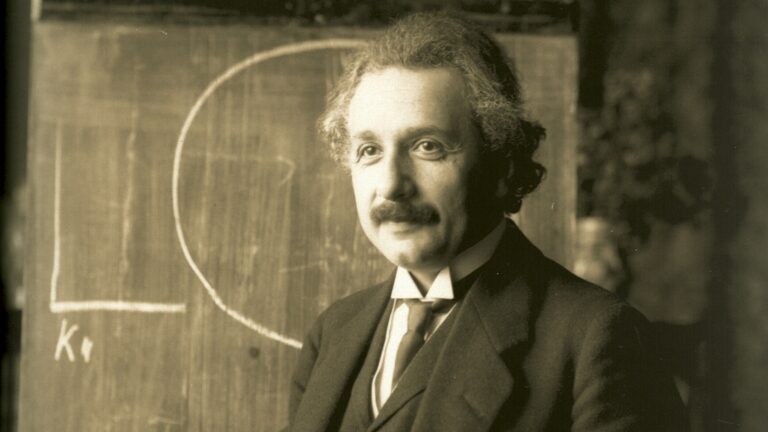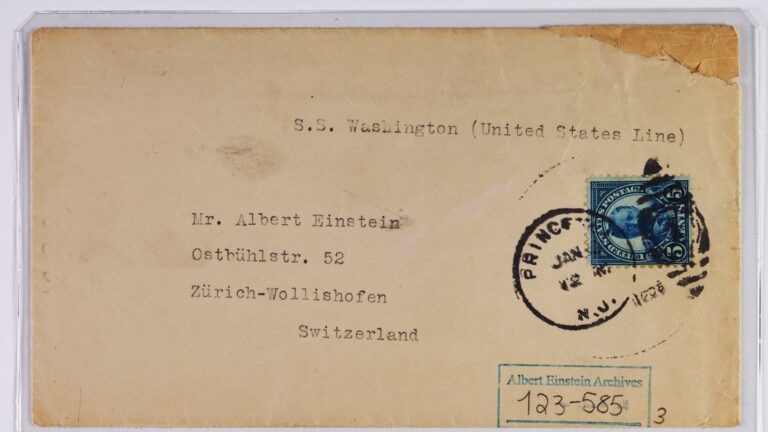A former planetarium on the Edmond J. Safra Campus of the Hebrew University of Jerusalem is to be repurposed as a $5 million museum and visitors’ center dedicated to the personal archives of renowned physicist Albert Einstein, father of the theory of relativity.
Einstein was among the founders of the Hebrew University. In 1923, a year after winning the Nobel Prize, he came from Germany to give a scientific lecture at the barely finished campus on Mount Scopus. After immigrating to the United States in 1933, he remained active as a member of the university’s Board of Governors and chairman of its Academic Committee.
Before his death in 1955, Einstein had willed his personal archives and the rights to his scientific and non-scientific writings (including his famous E=mc2 formula) to the university. The 55,000-item Einstein Archives, digitized in 2012, is housed at the Safra Campus in the Givat Ram quarter within walking distance of the Israel Museum, Bible Lands Museum and Bloomfield Science Museum.
The idea of a museum to make those archives more accessible to the public has been under discussion for years. One plan for the building was considered for the university’s Mount Scopus campus but was deemed too costly. In May 2012, the prime minister’s cabinet voted, in a non-binding decision, to build an Albert Einstein museum shaped like the physicist’s head.
The latest proposal will be cheaper to implement because it uses an existing 500-square-meter structure. The Jerusalem architectural firm Arad Simon won a university-sponsored competition to design the museum.
The museum will make use of the old planetarium’s rectangular space and dome to house an archive and research area, temporary exhibitions, souvenir shop, preservation and photography room and conference hall.
According to a report in Haaretz, Einstein’s historic library will be displayed in the lobby behind a semi-transparent wall of books. Images of important milestones in Einstein’s career will be projected on the dome of the former planetarium.
The notion of building a museum in the shape of Einstein’s head is no longer on the table. However, in September, the Canadian Friends of the Hebrew University unveiled the prototype of a 3D-printed book, Genius: 100 Visions of the Future, produced in the shape of Einstein’s head on the International Space Station in zero-gravity conditions as part of a year-long series of events marking the 100th anniversary of the publication of Einstein’s General Theory of Relativity.

Fighting for Israel's truth
We cover what makes life in Israel so special — it's people. A non-profit organization, ISRAEL21c's team of journalists are committed to telling stories that humanize Israelis and show their positive impact on our world. You can bring these stories to life by making a donation of $6/month.








